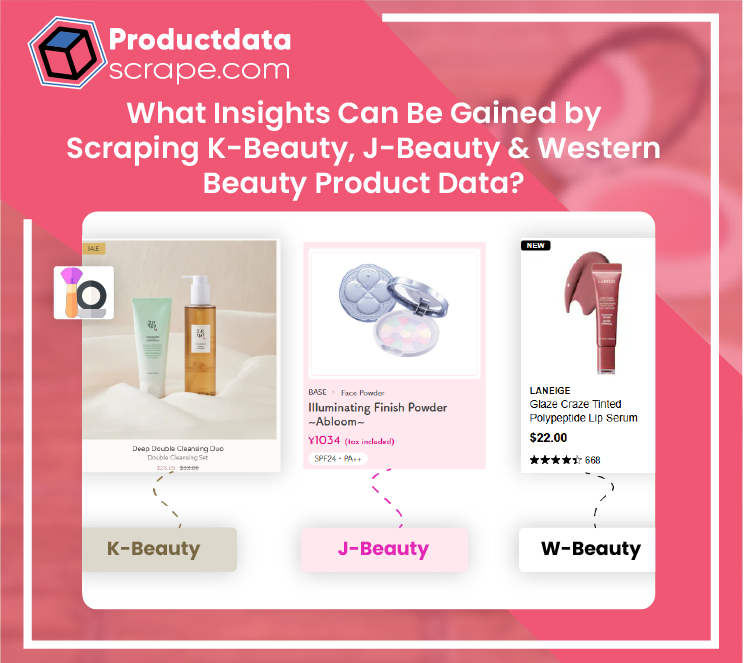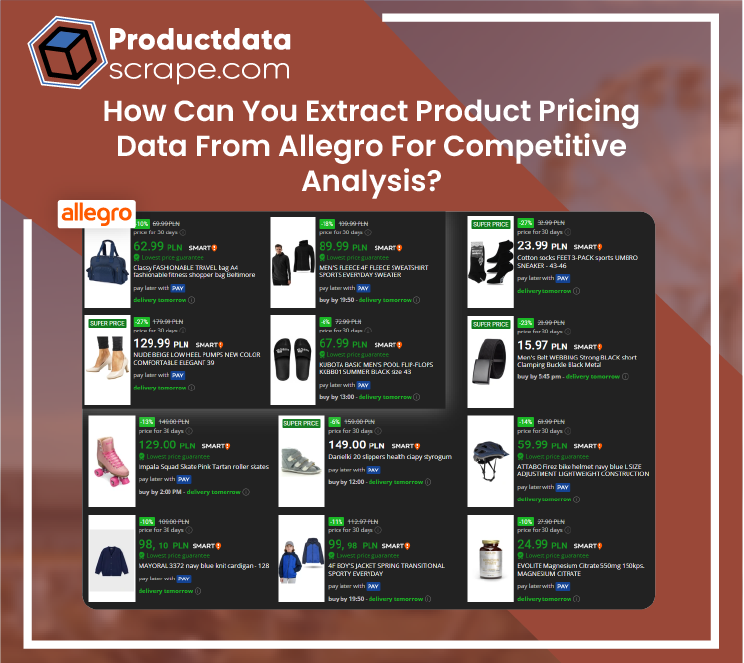About Price Scraping
Price scraping employs automated spiders that mimic human web navigation to extract specified information, creating extensive customized datasets for pricing strategies. This tool has become indispensable for online retailers seeking a competitive edge by gaining real-time insights into their competitors' pricing and stock availability. Deloitte reports substantial short-term benefits, including increased margins and ROI growth.
We specialize in providing comprehensive solutions to scrape e-commerce product price data from a broad spectrum of platforms. Our advanced scraping techniques meticulously gather real-time pricing information, offering businesses a deeper understanding of market dynamics and competitor pricing strategies. By harnessing this scraped data with our e-commerce data scraping services, companies can streamline their pricing decisions, monitor market trends, optimize profit margins, and respond promptly to fluctuations.
Scraping Special Attributes
A practical approach to product tracking involves monitoring and comparing items based on various attributes such as color, size, style, and functionality. Businesses can keep a detailed record of their product offerings and variations by implementing a systematic tracking system. It allows for better inventory management, as companies can ensure they have the right products in stock to meet customer demand. Moreover, by comparing products with similar attributes, businesses can make data-driven pricing, marketing strategies, and product development decisions. This information is invaluable for staying competitive in the market and meeting customer preferences effectively.
Dynamic Pricing Monitoring
Dynamic Pricing Monitoring involves continuous tracking of real-time price fluctuations for products across e-commerce platforms. Through the application of algorithmic scraping at regular intervals, this approach captures price changes as they occur. The collected data empowers businesses with the ability to react swiftly to shifts in the market. Whether triggered by changes in demand, supply, or competitive actions, dynamic pricing monitoring enables businesses to adjust their prices promptly, ensuring that their offerings remain appealing and competitive in response to the ever-changing market dynamics.
Competitor Price Tracking
Competitor Price Tracking revolves around consistently monitoring the prices of specific products competitors offer across various online platforms. Businesses can establish a benchmark for their pricing strategies by meticulously scraping data on competitor prices. It allows for identifying pricing differentials and gaps compared to rivals. Businesses can strategically position their products in the market by offering more competitive prices or highlighting unique value propositions to attract customers away from competitors.
Historical Price Analysis
Historical Price Analysis entails systematically collecting historical product pricing data over a specified period. This method enables businesses to discern price trends, seasonal fluctuations, and long-term pricing strategies that products undergo. By scrutinizing historical price data, businesses can uncover valuable insights into when to introduce promotions discounts, or adjust pricing to align with past patterns. This approach assists in crafting well-informed pricing strategies that cater to historical market behaviors and current demands.







